Are you looking to add color and life to your garden this spring? Crocus bulbs might be the perfect choice for you! But before you start planting, knowing a few things is important.
Here, we’ll cover everything about how to plant crocus bulbs – from choosing the right ones, selecting the perfect planting location, preparing the soil for planting, and enjoying the beautiful blooms.
We’ll also give you tips on propagating and dividing your bulbs and troubleshooting common issues that may arise. So grab your gardening gloves and start creating a stunning display of crocuses in your garden!
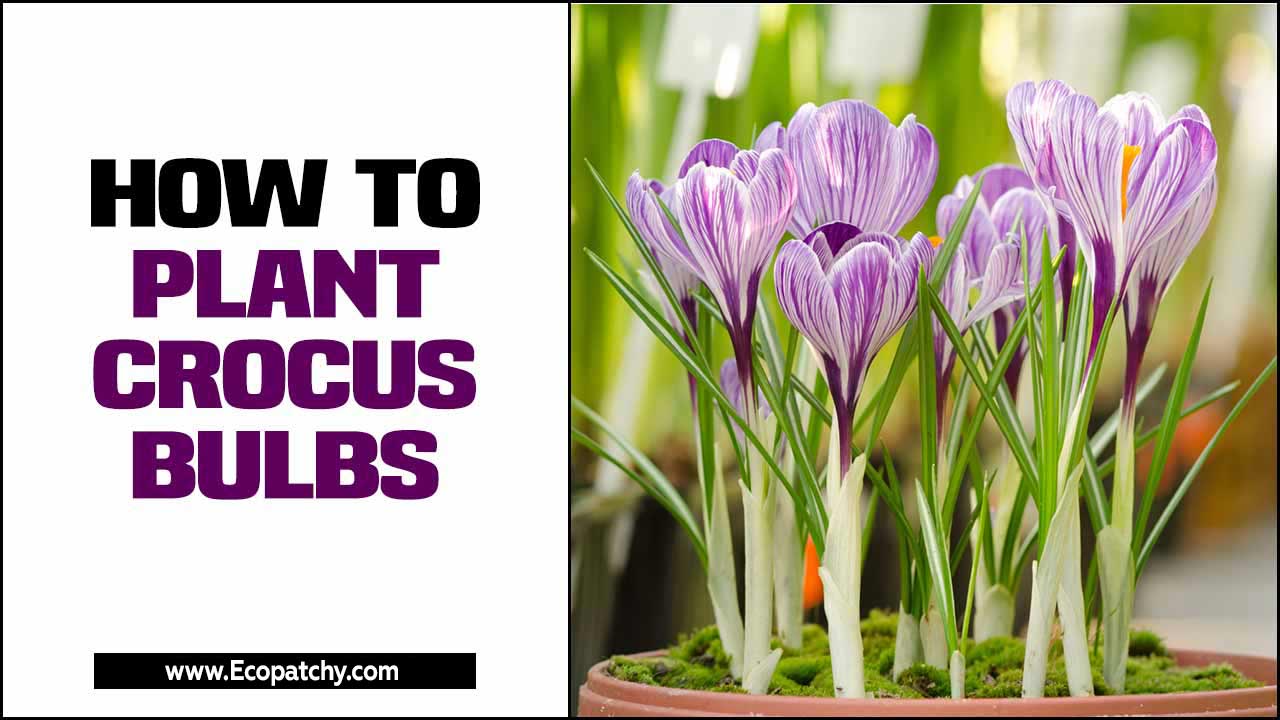
About Crocus Bulbs
Crocus bulbs, small flower-producing plants that bloom in early spring, add vibrant colors to gardens. Thriving in different soil types, these low-maintenance bulbs require minimal care. Ideal for beginners in gardening, crocus bulbs are a great option.
Various crocus varieties exist, from the saffron crocus with its red stigmas to the Dutch crocus with larger flowers. Their early spring display of purple petals and yellow throats brightens gardens after the winter snow.
Choosing The Right Crocus Bulbs
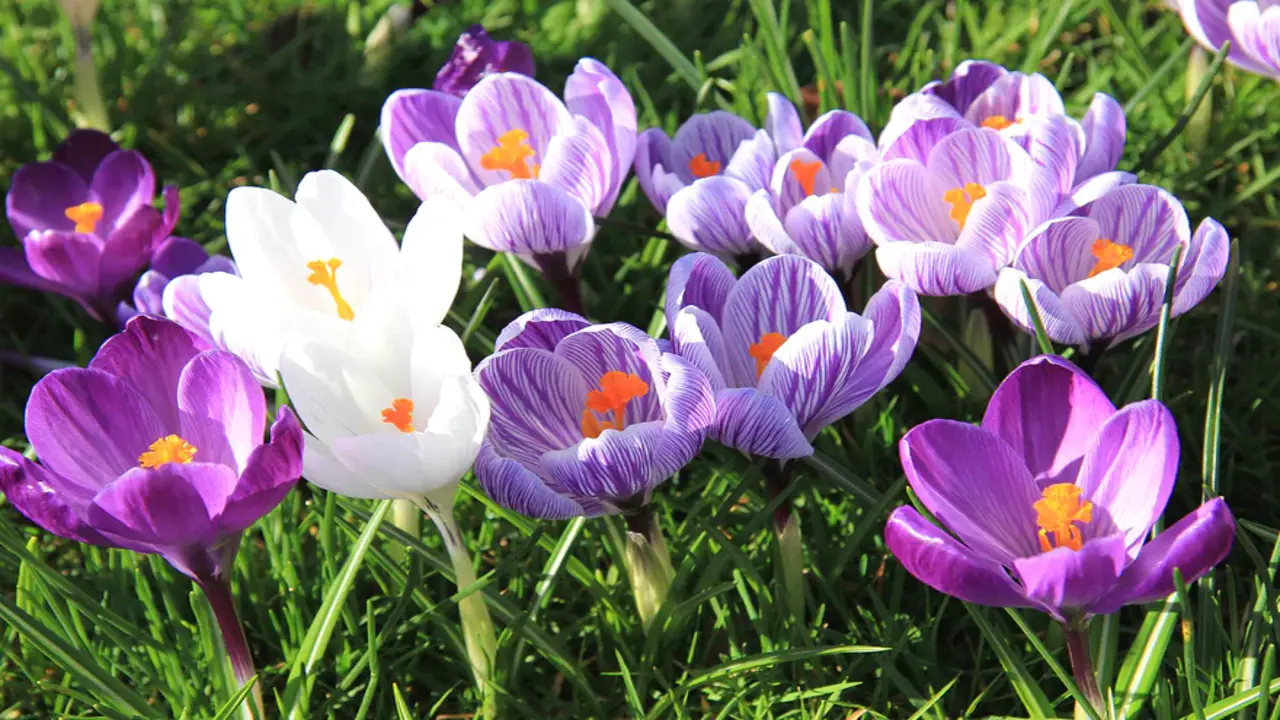
Choosing firm and free from any signs of damage is important when selecting crocus bulbs. Look for large and plump bulbs, as they indicate a healthy plant. Consider the variety and color of the crocus bulbs to match your garden aesthetics. Check the packaging for specific planting instructions and recommended planting depth. Purchasing bulbs from reputable nurseries or online sources is always a good idea.
Selecting The Perfect Planting Location
Remember these key points when selecting the perfect planting location for your crocus bulbs. Opt for a spot that receives full sun or partial shade to ensure optimal growth. Additionally, make sure the chosen area has well-draining soil to prevent waterlogging.
Consider planting crocus bulbs under deciduous trees for a summer touch of shade. To achieve a natural look, rock gardens or borders are ideal locations. However, avoid areas with dense shade or ground that freezes for extended periods.
Preparing The Soil For Planting
To create an ideal planting bed, start by loosening the soil in the designated area using a garden fork or tiller. Take the time to clear away any weeds or debris, ensuring a clean surface for your crocus bulbs.
Enhance the soil fertility and drainage by incorporating organic matter like compost. Testing the soil pH and making necessary adjustments for optimal growing conditions is crucial. Lastly, refer to the planting depth guidelines provided with your crocus bulbs for successful growth.
5 Ways On How To Plant Crocus Bulbs
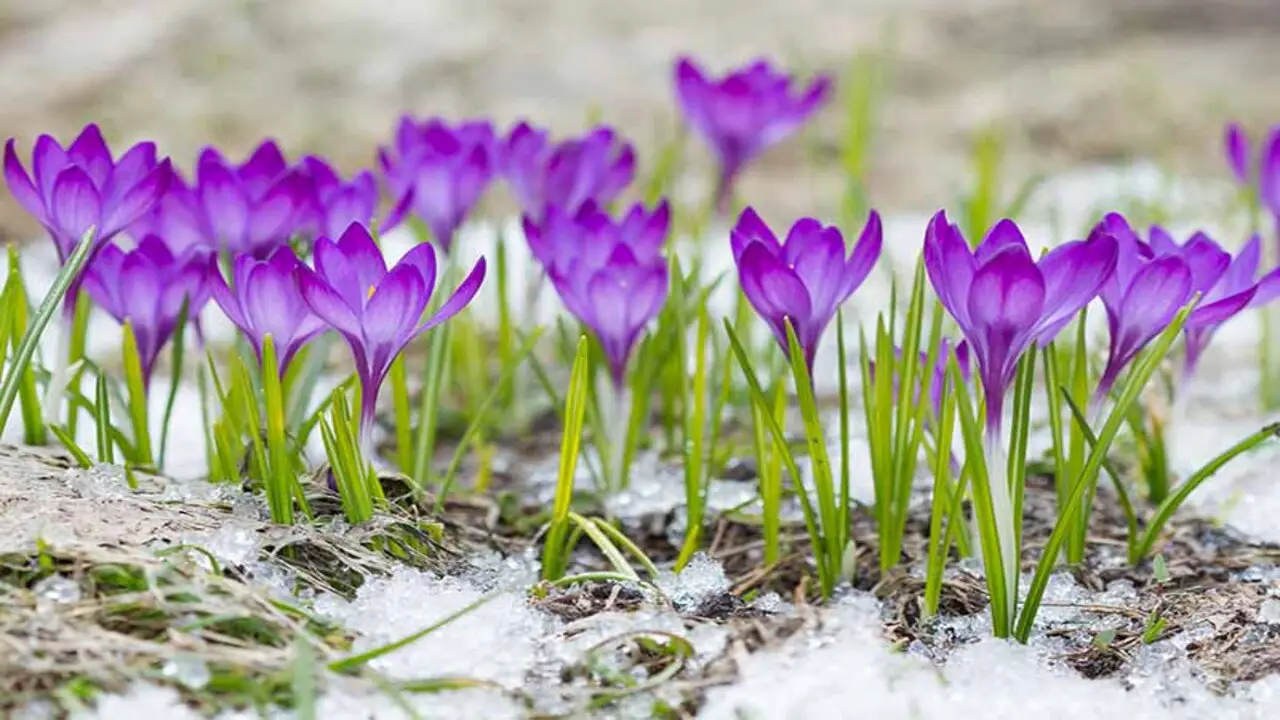
For planting crocus bulbs, start digging holes 3-4 inches deep and spaced approximately 3-4 inches apart. Create small groups or clusters of bulbs for a more impactful display. Planting crocus bulbs is a simple and rewarding task that can bring vibrant color to your garden. Following these 5 essential steps, you can ensure how to plant crocus bulbs’ successful growth and blooming.
1.Digging The Holes
To prepare for planting crocus bulbs, start digging holes 3-4 inches deep and spaced approximately 3-4 inches apart. Creating small clusters of bulbs will result in a more impactful display.
Use a handheld bulb planter or garden trowel to dig precise holes. Ensure the soil at the bottom of the hole is loose and well-drained to promote healthy root systems. By following these steps, you’ll be on your way to a beautiful early spring display.
2.Placing The Bulbs
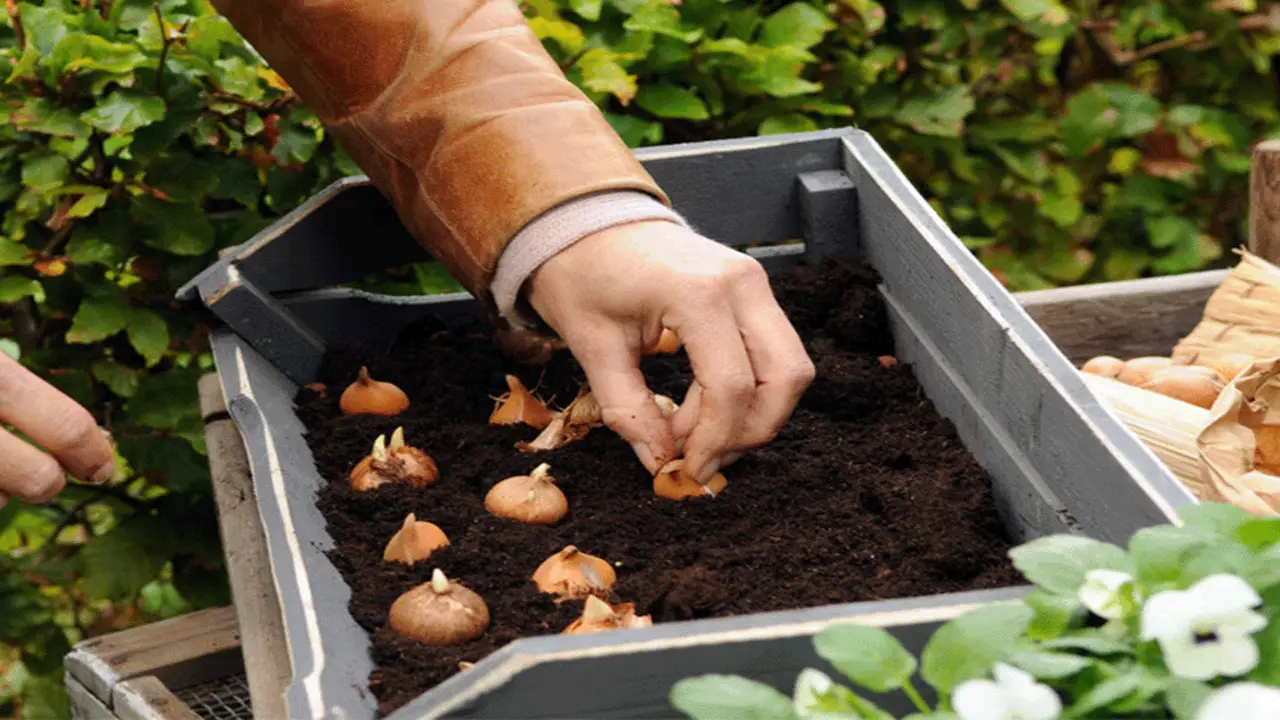
To plant crocus bulbs, place each bulb in the hole with the pointy end facing up. Gently press the bulbs into the soil for good contact. Position the bulbs at the depth specified by the variety’s planting instructions, ensuring even spacing within the designated area. This will help create solid masses of beautiful flowers in the early spring display.
3.Covering And Watering
After placing the crocus bulbs in the holes, cover them gently with soil. Watering the newly planted bulbs thoroughly is important to help settle the soil and promote root growth.
Watering right after planting and regularly throughout the growing season is crucial for the success of the crocus bulbs. However, ensure not to overwater them, as excessive moisture can lead to rot. You’ll ensure the healthy development of your crocus bulbs by providing proper covering and watering.
4.Controlling Pests And Diseases
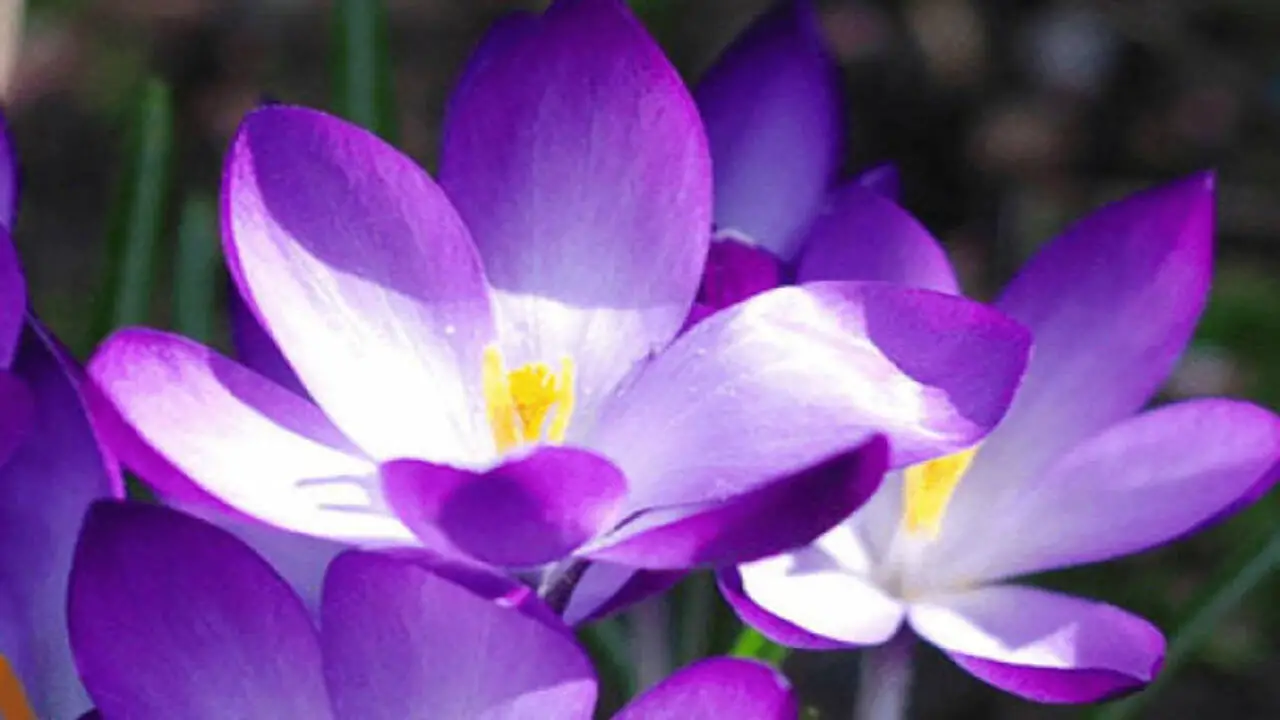
Controlling pests and diseases is essential for maintaining the health and beauty of your crocus bulbs. Late winter or early spring is the ideal time to inspect your plants for any signs of pests like aphids or diseases like botrytis. Saffron crocus, snow crocus, and Dutch crocus are some varieties that may be susceptible.
To prevent infestations, consider using organic pest control methods, such as introducing beneficial insects or applying neem oil. Regularly inspecting your crocus bulbs and taking proactive measures can ensure a vibrant and disease-free display next growing season.
5.Mulching
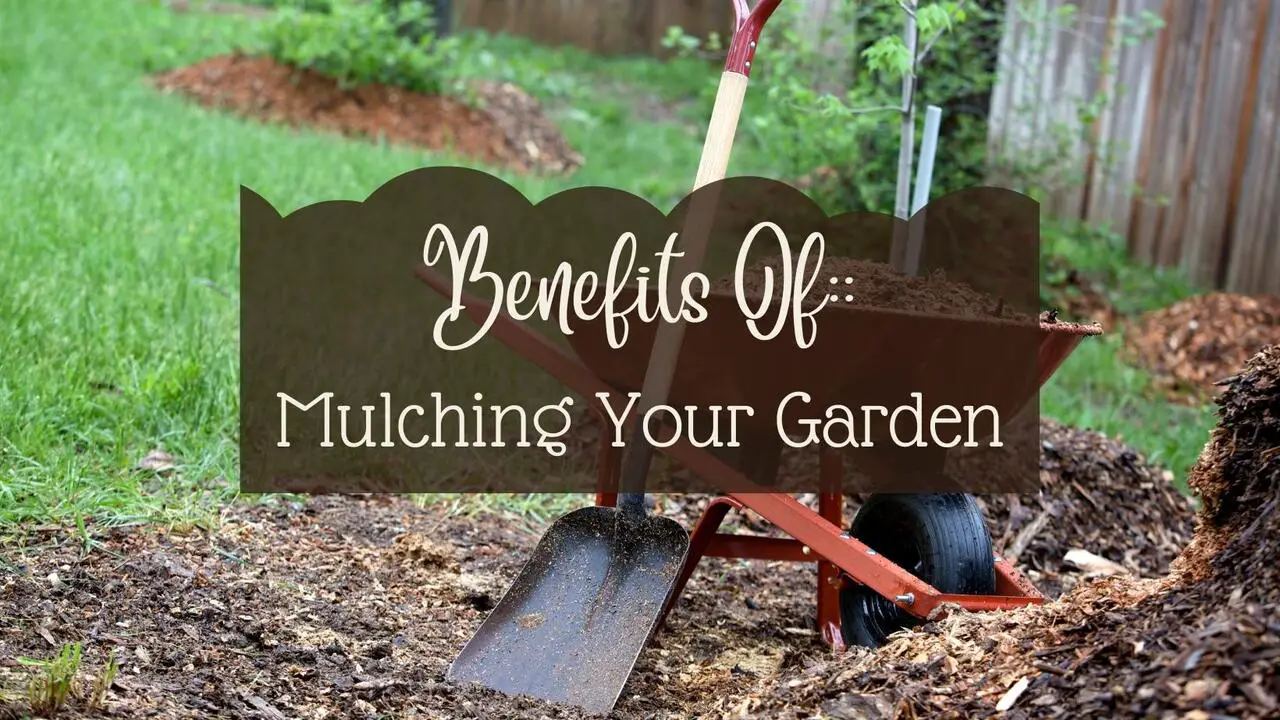
Mulching is an important step in caring for crocus bulbs. Applying a layer of mulch in late winter or early spring helps to insulate the bulbs and protect them from frost. It also helps retain moisture in the soil, preventing the bulbs from drying. Additionally, mulch can deter weeds and provide nutrients as it breaks down. Use organic materials like shredded leaves or straw as mulch for your crocus bulbs.
Enjoying The Blooms: Tips For Maximizing Beauty
Planting crocus bulbs can bring a burst of color to your garden in the spring. To maximize the beauty of your crocus blooms, follow these tips:
- Choose A Sunny Location: Crocuses thrive in full sun, so choose a spot in your garden that receives at least six hours of direct sunlight daily.
- Prepare The Soil: Loosen the soil and remove any weeds or debris before planting. You can also add compost or organic matter to improve drainage and fertility.
- Plant At The Right Depth: Crocus bulbs should be planted about three to four inches deep, with the pointed end facing up. Space them about three to four inches apart.
- Water Thoroughly: After planting, water the bulbs thoroughly to help settle the soil and ensure good root establishment.
- Mulch For Protection: Covering the area with a layer of mulch can help insulate the bulbs during winter and prevent weed growth.
- Enjoy The Blooms: In early spring, you’ll be rewarded with beautiful crocus flowers in various colors. Take time to appreciate their beauty and share them with others.
Propagation And Division Of Crocus Bulbs
Propagating and dividing crocus bulbs is a simple and effective way to increase your population. The best time to propagate and divide crocus bulbs is in late summer or early autumn when the bulbs are dormant. Start by carefully digging up the clump of crocus bulbs you want to divide.
Gently separate the individual bulbs carefully so as not to damage the roots or growing points. You can then replant the divided bulbs in their new locations, making sure to plant them at the same depth they were originally planted. Water thoroughly after planting to help settle the soil around the bulbs. Your propagated and divided crocus bulbs should grow and bloom beautifully in their new spots with proper care.
Troubleshooting Common Issues
Planting crocus bulbs is a simple and rewarding task, but it can sometimes come with its fair share of challenges. Here are some common issues that you might encounter when planting crocus bulbs, along with troubleshooting tips to help you overcome them:
- Distorted or discolored crocus leaves could indicate a viral or fungal infection.
- Protect crocus bulbs from digging animals like squirrels using chicken wire around the planting area.
- Plant crocus bulbs in areas with cold winters to ensure proper flowering.
- Avoid planting crocus bulbs in dense shade; they prefer at least partial sun.
- Inadequate chilling hours or insufficient sunlight can prevent crocus flowers from blooming.
By troubleshooting these common issues and taking steps to address them, you can ensure successful crocus bulb planting and enjoy their vibrant blooms in your garden.
Conclusion
Planting crocus bulbs can be a rewarding experience, adding vibrant colors to your garden. By choosing the right bulbs, selecting an ideal planting location, and preparing the soil, you set the stage for successful growth.
Follow the steps of digging holes, placing the bulbs, covering and watering, and controlling pests and diseases to ensure healthy plants. Don’t forget to mulch for added protection and maximize the beauty of the blooms. If you encounter any issues, refer to our troubleshooting guide. Enjoy the process and the beautiful blossoms that crocus bulbs bring to your garden. We hope you understand how to plant crocus bulbs. Happy planting!
Frequently Asked Questions
1.What Is The Best Month To Plant Crocus Bulbs?
Ans: Planting crocus bulbs during the fall season is ideal as it allows them to establish their roots before winter sets in. The best time to plant is generally between September and October. Ensure you choose a well-draining site with plenty of sunlight to ensure successful growth. Crocuses are hardy plants that can tolerate cold temperatures but require good drainage to avoid rotting. Before planting, add compost or other organic matter to the soil for better nutrition retention.
2.How Deep Do You Plant A Crocus Bulb?
Ans: Crocus bulbs should be planted at a depth of three to four inches in well-drained soil that receives plenty of sunlight. Planting too deep can hinder growth and blooming. Ensure the pointed end faces upwards during planting.
3.Do Crocus Bulbs Multiply?
Ans: Crocus bulbs have a unique ability to multiply naturally over time, making them a popular choice for gardeners. As the mother bulb produces small corms, they grow into new plants, resulting in a beautiful display of colorful flowers. T
o ensure that your crocus bulbs multiply successfully, it is important to allow the foliage to die back naturally and avoid disturbing the soil. This will provide the necessary nutrients for the bulbs to multiply.
4.How Many Crocus Bulbs Should You Plant Together?
Ans: When planting crocus bulbs, it’s best to plant them in groups of at least 10-12 bulbs. This creates a natural look and helps with pollination. If you have a larger area, you can plant multiple groups with a few inches of space between them. Remember to plant the bulbs at the right depth and in well-draining soil.
5.Do Crocus Bulbs Multiply Each Year?
Ans: Yes, crocus bulbs can multiply each year through a process called naturalization. This means they can form clumps over time by producing offsets or cormlets that grow into new plants. To encourage multiplication, plant crocus bulbs in well-draining soil and avoid overwatering.







